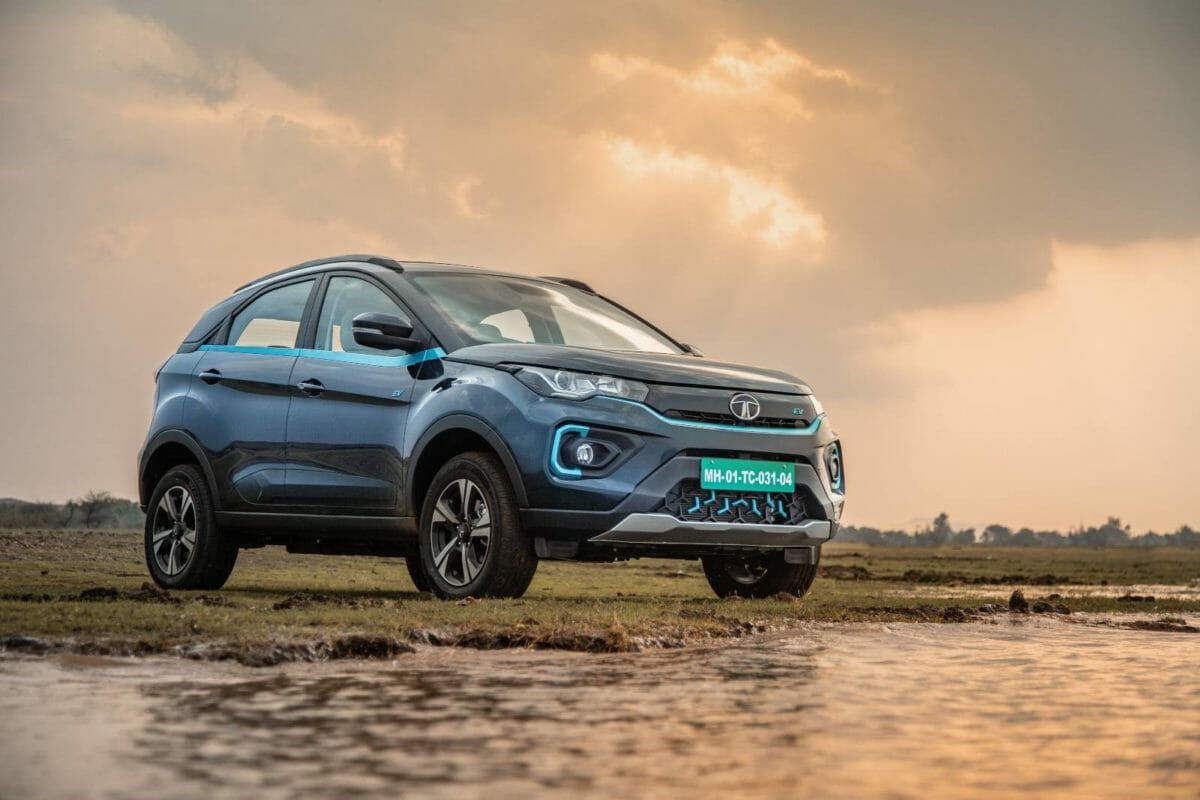The Tata Nexon EV Max claims to offer the ‘Max’ of everything when it comes to safety, driving, and convenience. Though the ‘Max’ moniker may seem too tacky to some audiences, the EV does seem to deliver the promise on paper. However, there are still a lot of questions about the EV which are left to be answered. Let’s take a look at these:
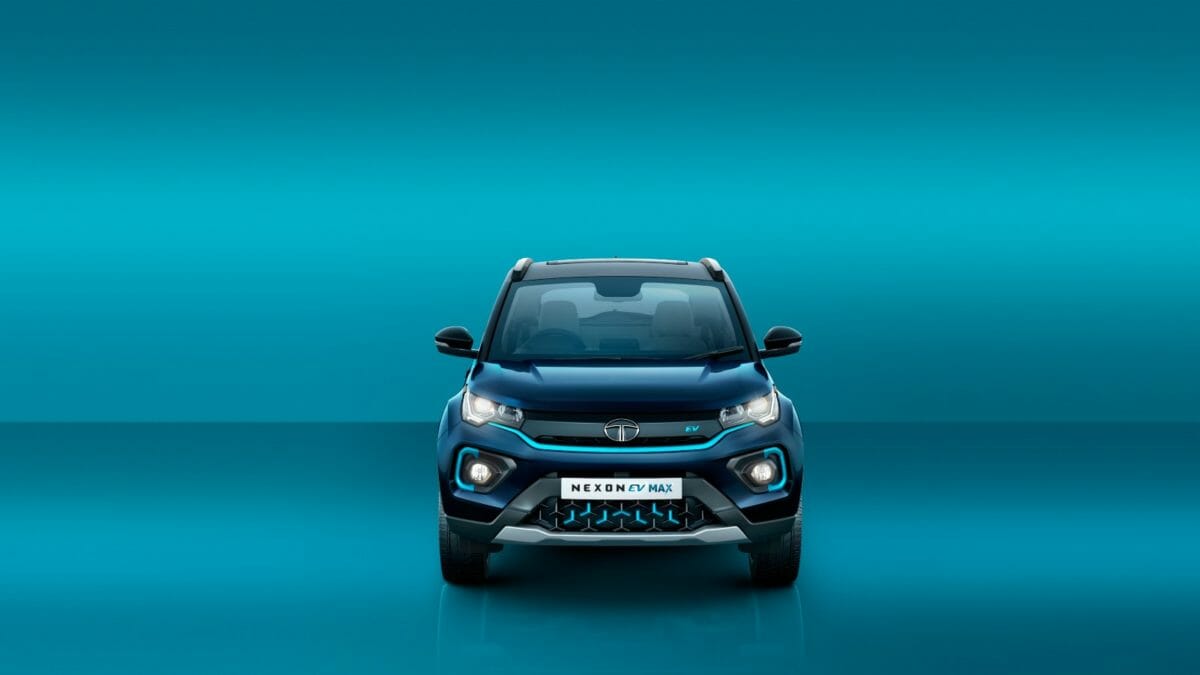
What happens to the standard Nexon EV?
The Nexon EV Max and standard Nexon EV will continue to co-exist. This way, the Nexon EV range will maintain its accessibility in terms of price. The Nexon EV Max is positioned at a premium of ₹2.95 lakh over the standard Nexon EV wherein it offers a little bit extra of everything. The standard Nexon EV remains competent too and should suffice the majority of the city dwellers.
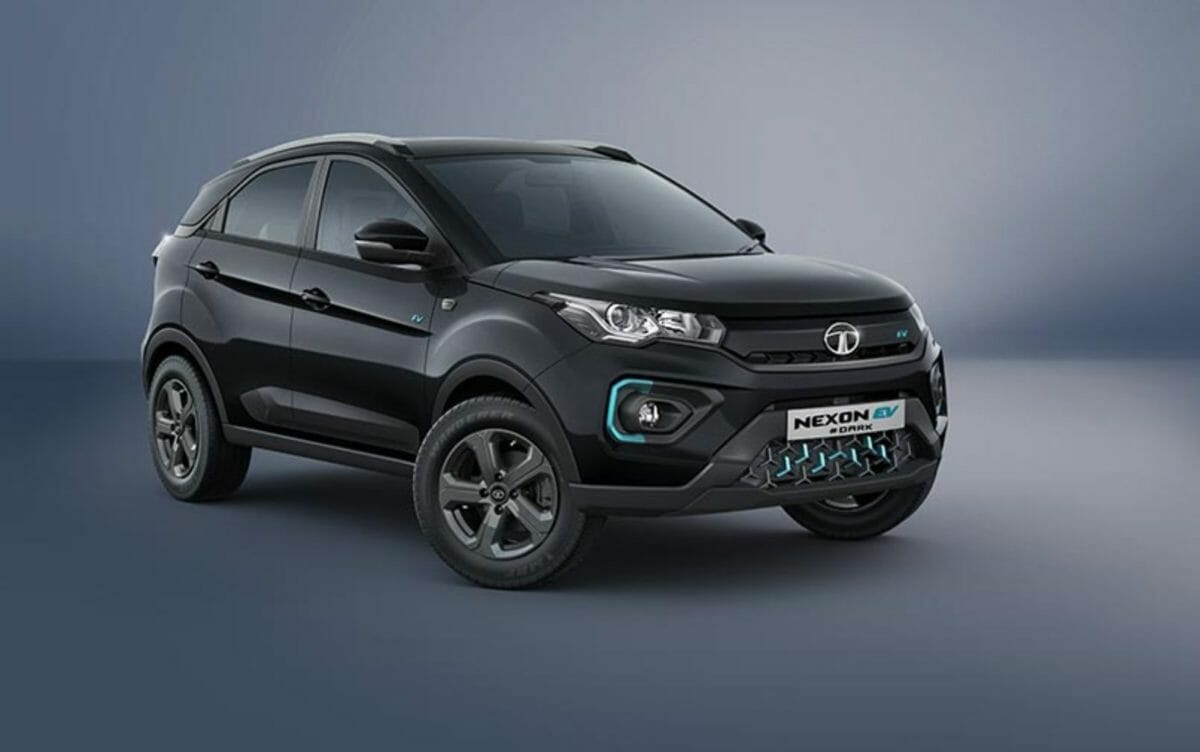
What’s the difference between the two charging options?
The Nexon EV Max is available in two variants, namely. XZ+ and XZ+ Lux. Both the variants offer the option of a standard charger and a fast charger. It takes around 15-16 hours to fully charge with the 3.3kW AC charger, while the 7.2kW AC version takes around 5-6 hours. Other than the charging speeds, there is no other difference between the variants. The asking price for the 7.2kW AC charger is ₹50000 over the standard variants. The 7.2kW charger can be used to charge the standard Nexon EV as well. However, the capacity will be limited to 3.2kW since the standard Nexon doesn’t have the capability of faster charging.
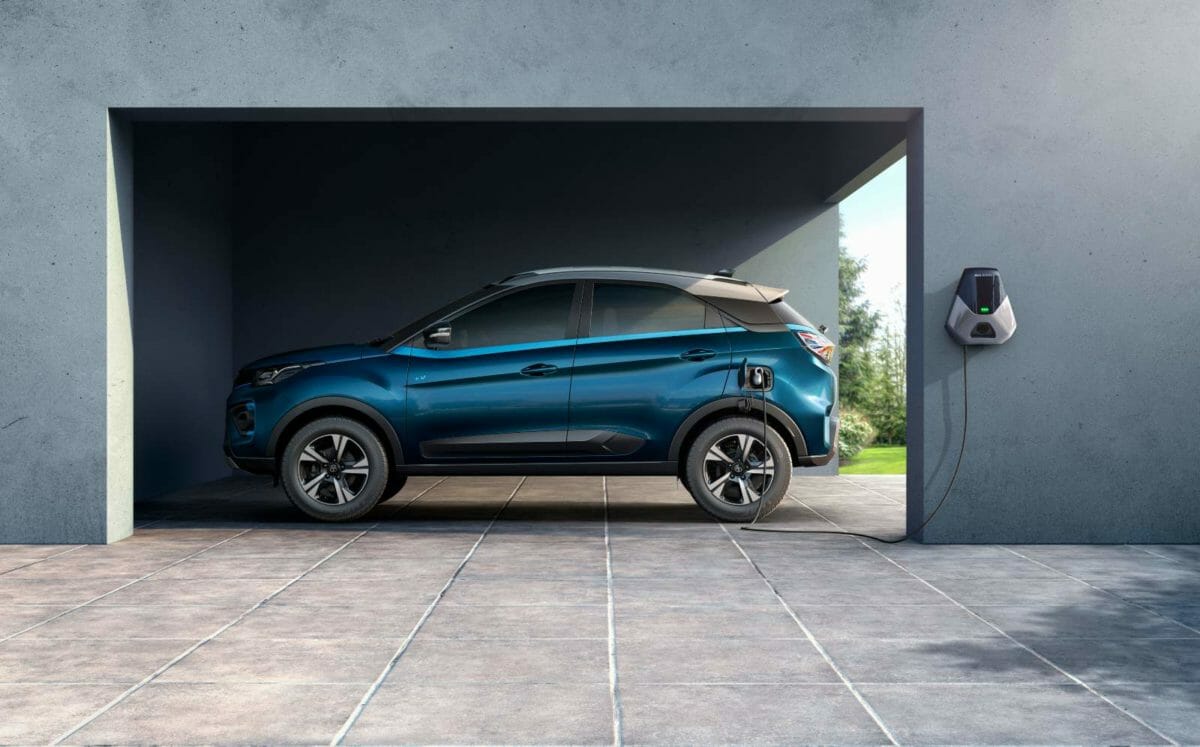
Does it look any different?
The exterior of the Nexon EV Max is more or less similar to the standard version, save for the new 5-spoke alloy wheels. It also comes standard with dual-tone colors and the shade of Intensi-Teal is exclusive to the Max variant. The rest of the design elements remain the same including the projector headlamps with LED DRLs and blue elements all around.
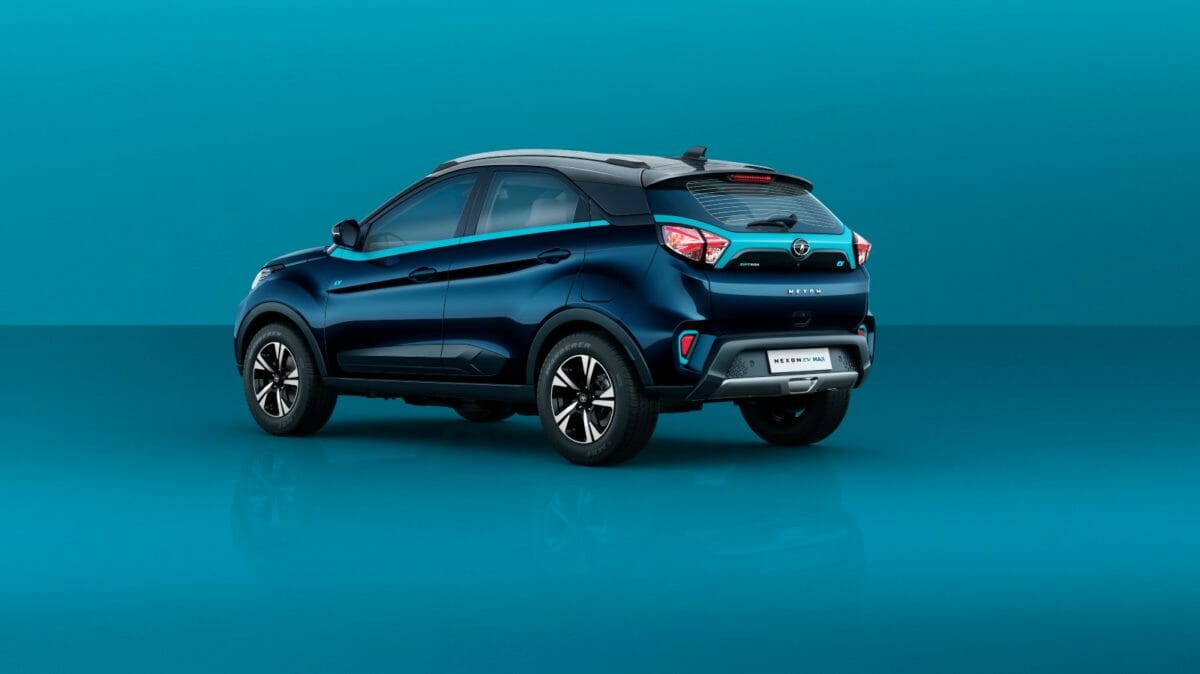
More bling?
The interiors also get a new Makarana beige theme which is exclusive to the Nexon EV Max. The Nexon EV Max also comes with an electronic parking brake with an auto-hold function. The interiors get more equipment in the form of cruise control, wireless phone charging, auto-dimming IRVM, ventilated seats, park mode, and an air purifier. The center console has been redesigned to accommodate the Jewelled Control Knob with an active mode display. The sports and eco driving mode switches have been repositioned next to the gear selector.
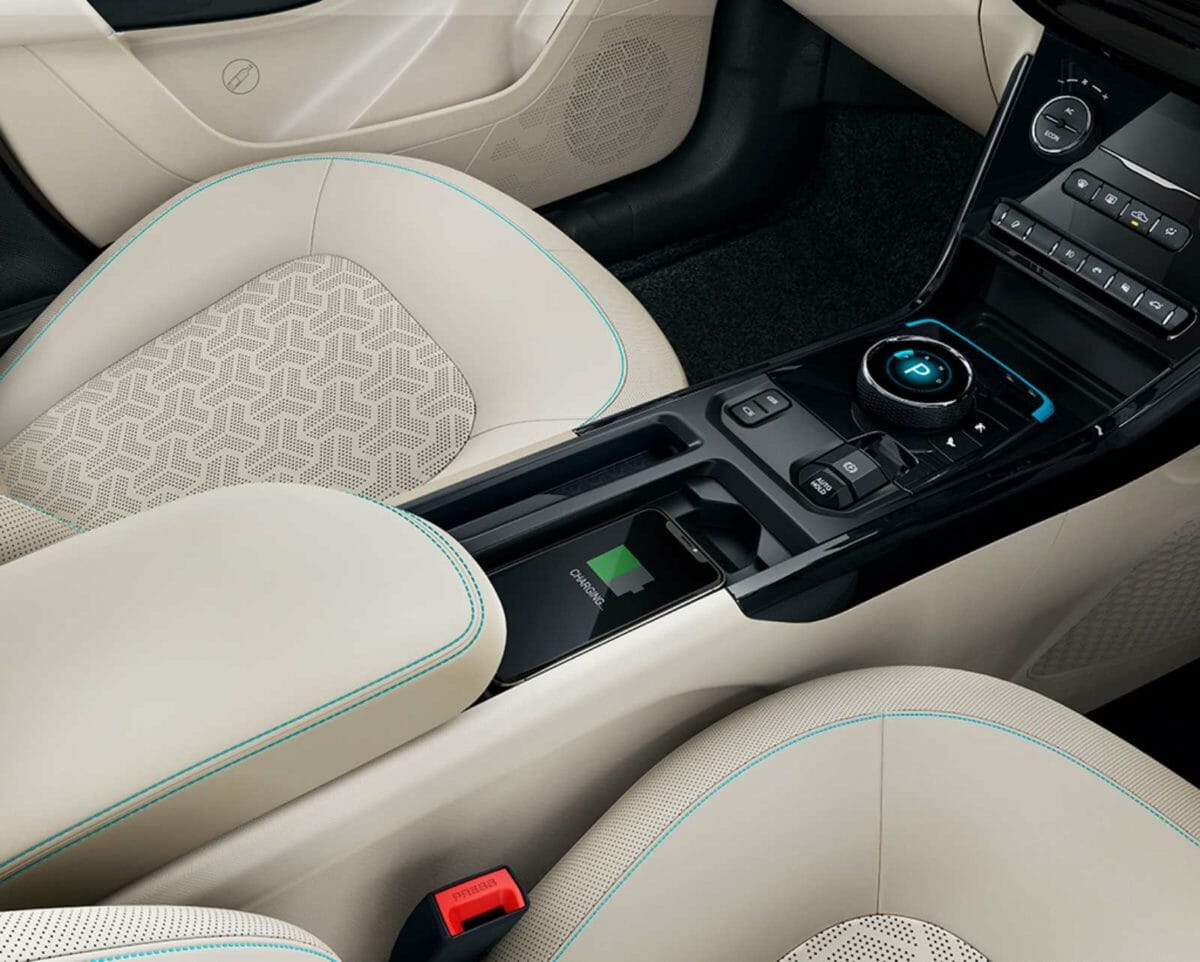
Any compromises in the boot space?
Like most EVs, the batteries of the Nexon EV are placed on the floorboard. Many EVs with larger battery packs compromise on the cabin space due to the lack of space to fit the additional batteries. However, Tata has smartly integrated the larger battery pack which means that the 350 liters of boot space has been retained. Tata claims that the packing efficiency has gone up by 6% in the Nexon EV Max.
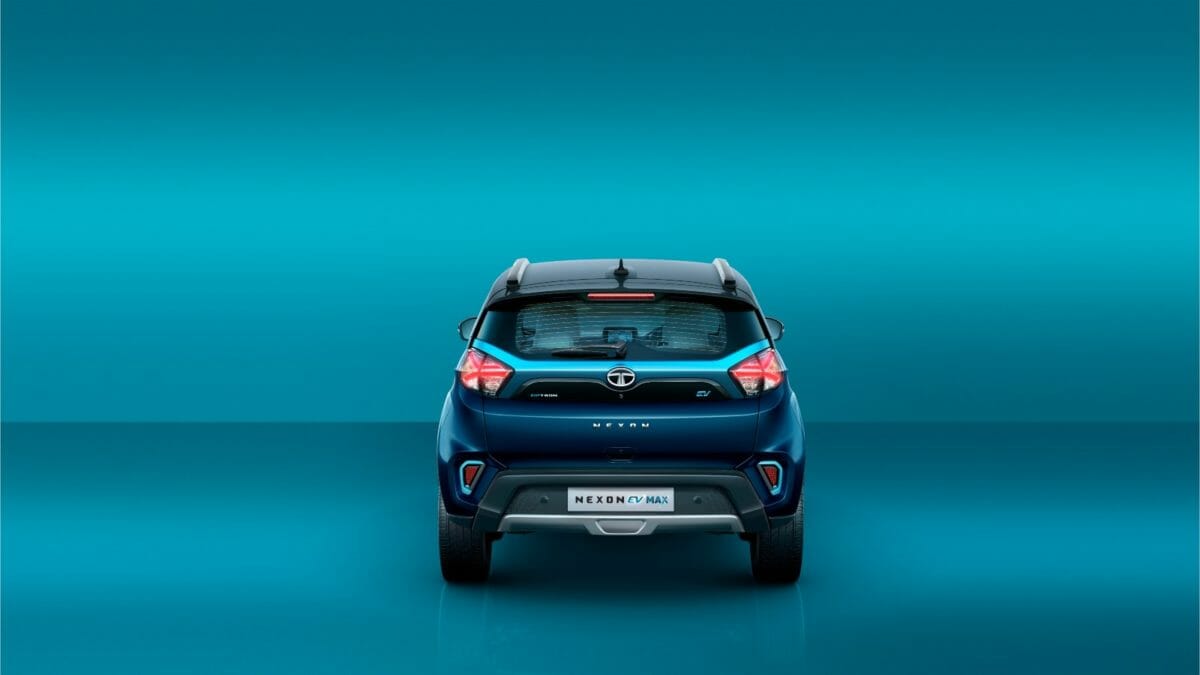
What’s the ‘real’ range?
Like every other EV, the claimed range should be taken with a pinch of salt. This is due to the test conditions being drastically different from the real-world conditions. The standard Nexon EV does around 200kms on a single charge as opposed to its claim of 312km. Similarly, one can expect a real-world range of close to 300km on a single charge from the Nexon EV Max considering its ARAI claimed 437km of range.
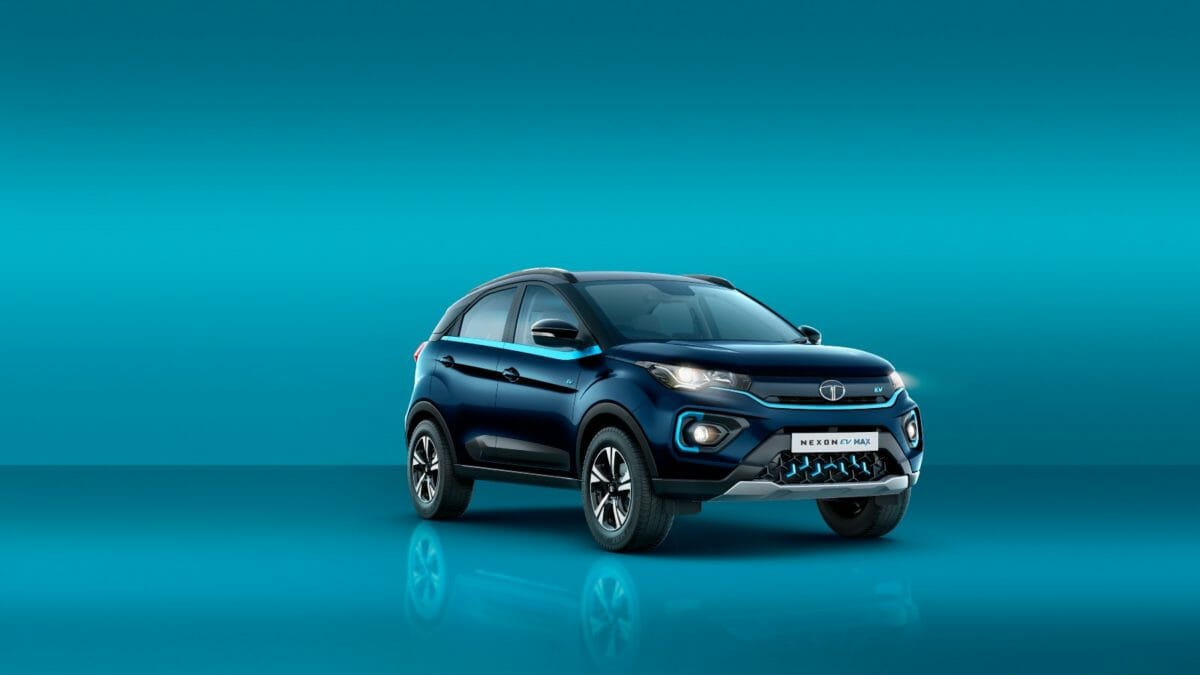
More oomph?
The Nexon EV Max also gets a more powerful motor that produces 143hp and 250nm of torque. As a result, it can achieve 0-100km/h in 9 seconds and reaches an electronically limited top speed of 140km/h. For reference, the standard Nexon EV produces 129hp and 245nm of torque. It also has a lower top speed of 120 km/h.
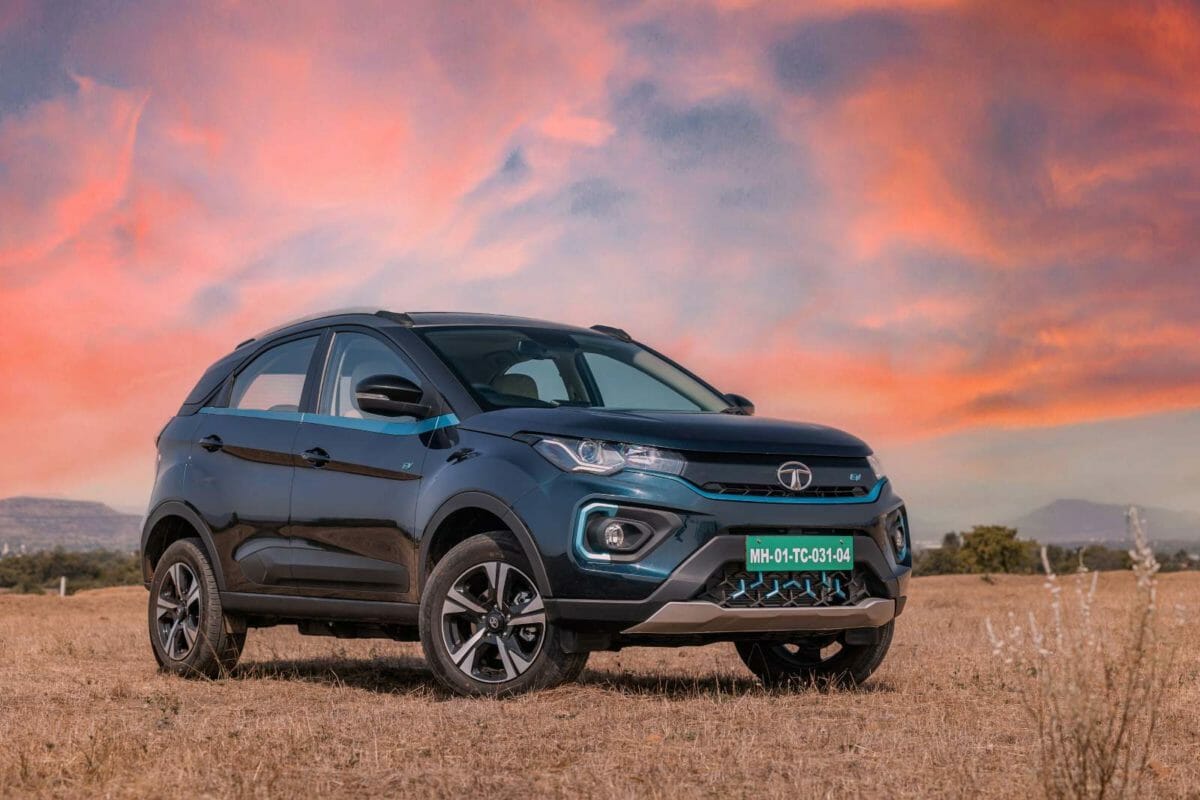
Does it get any mechanical changes?
The Nexon EV Max is around 100 kgs heavier than the standard Nexon EV. The battery pack contributes 70% of this weight and the remaining 30% is taken up by the additional equipment. The ground clearance has also gone down by 10mm due to the additional weight. The braking system is now beefed up with all four disc brakes and electronic stability program (ESP) with i-VBAC (intelligent Vacuum-less Boost & Active Control). Lastly, Tata has retuned the suspension accordingly to deal with the added weight.

How reliable is the technology?
The Ziptron technology has been in the market since 2019 when it made its debut in the Nexon EV. Since then, there haven’t been any major cases of the powertrain causing issues or even catching fire. The batteries are also IP67 rated making them dustproof and waterproof. Lastly, Tata is offering a warranty of 8 years or 160,000km warranty for battery and motor.
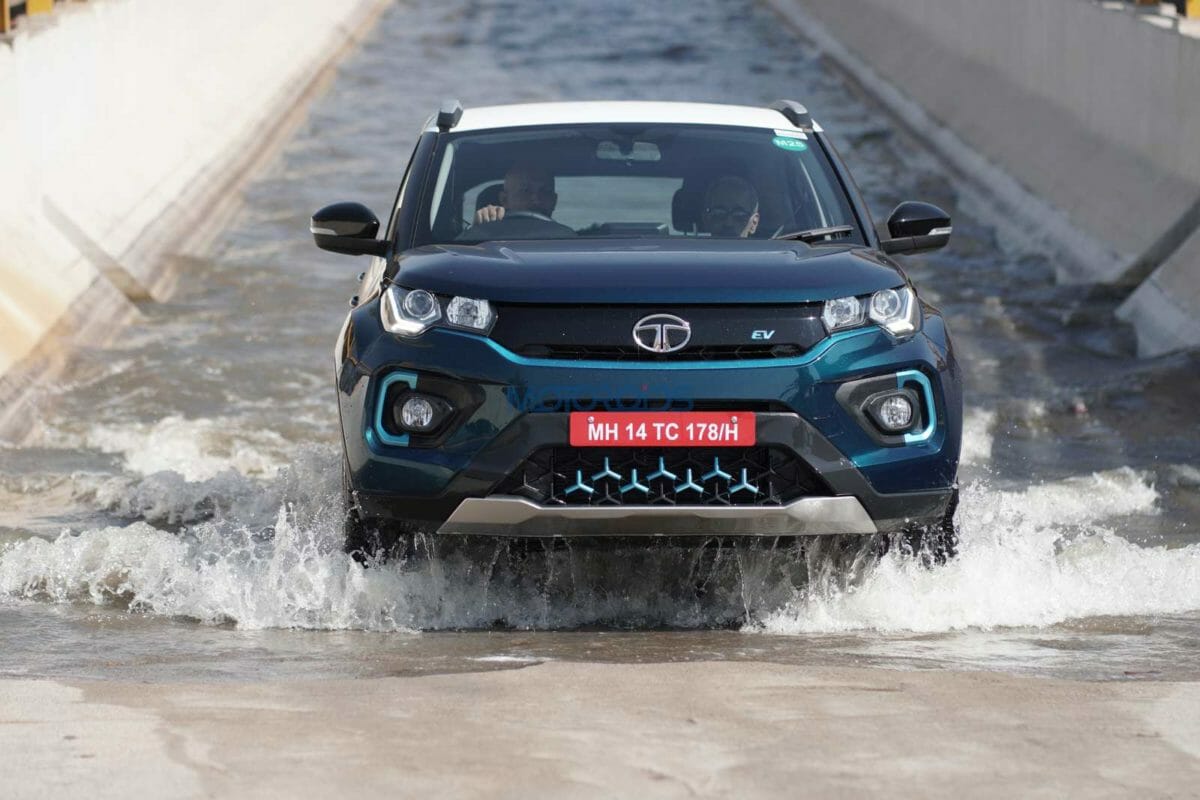
Are there any other alternatives?
The Nexon EV never had any direct competitors to begin with. Even with the higher premium that the Nexon EV Max commands over the standard variant, it is still cheaper than other EVs in the market. The next EV that you can buy is the MG ZS EV which starts at ₹21.98 lakh. However, it is a size bigger, has more power, and has a larger battery pack too.

